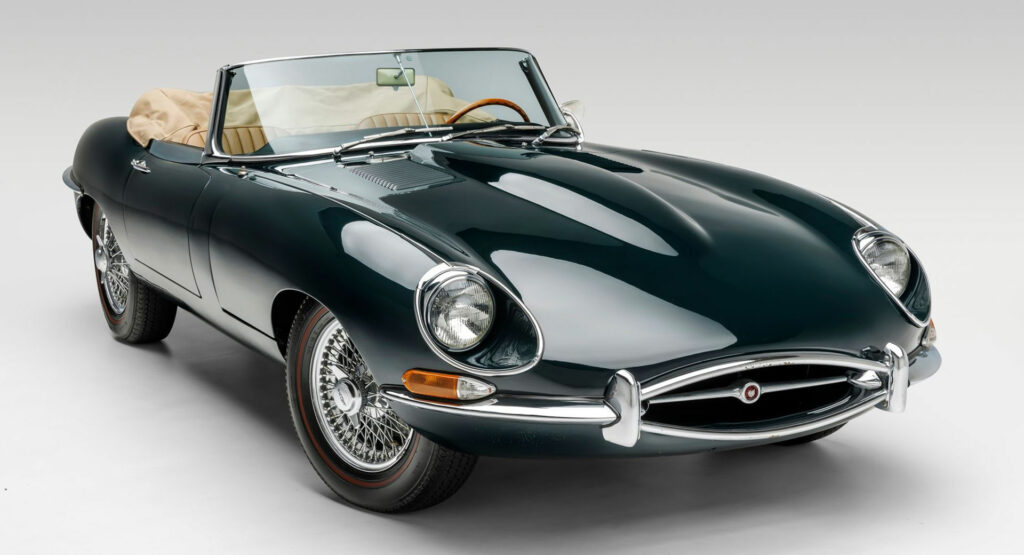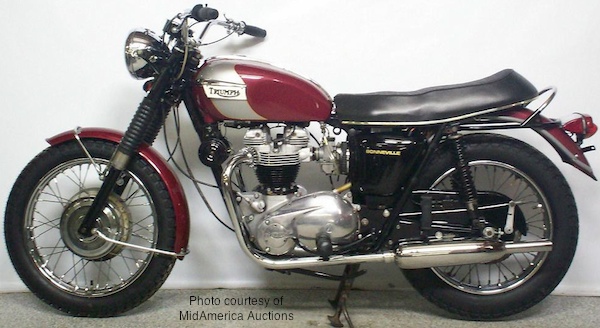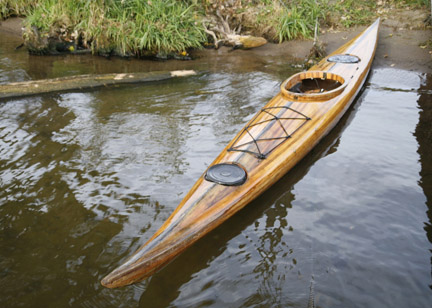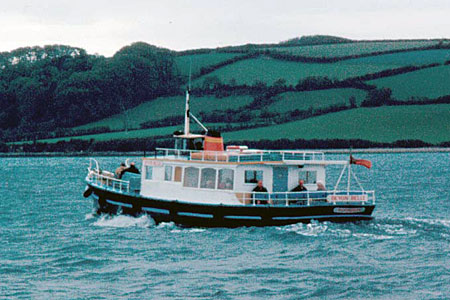Some background on the cars, bikes, boats, and trains in Angel’s Blade
December 28, 2022
“You are Jack Sangster, owner of this green E-Type?”
Sangster’s beloved Jaguar, a British Racing Green 1968 Series 2 E-Type 4.2 litre roadster (i.e., convertible), was, in its day, a (relatively) modestly priced but high-performance sports car. The E-Type has now, of course, become a classic symbol of the ‘Swinging Sixties’, with even the great Enzo Ferrari declaring it ‘the most beautiful car ever made’.

E-Type 4.2 litre roadster.
Slevin’s Triumph Bonneville is a 650cc engine T120 model, a powerful machine favoured by 1960’s bikers and well capable of doing the ‘ton’ (top speed claimed as 115 mph).

1970 Triumph Bonneville T120.
The K-162, known by NATO as the ‘Papa Class’ submarine, subsequently renamed the K222 by the Soviets, and with an unofficial (and far more interesting) Russian name of ‘Goldenfish’, was an advanced nuclear-powered submarine that in Sangster’s time was faster than anything the West had to offer. Its speed and manoeuvrability came at a cost however, and only one such boat was eventually built.

Surfaced K222 showing its distinctive periscope and antenna array.
King Harry Ferry is a chain driven vessel that carries cars and foot passengers between Philleigh and Feoch, across the lowest (towards the sea) bridgeable point on the Fal. The first such chain driven service was established in the nineteenth century, but a ferry of some sort at that place (associated, like the Malpas Ferry, with Ann Boleyn, who spent her honeymoon in St Mawes), has been there as long as anyone can remember. And with the Tudor link, maybe the ferry is named for Henry the Eighth, although opinions vary and (as Sangster hears the commentator on the steamer say), nobody really knows.

King Harry Ferry 1970/80's vessel.
Angel’s yellow sea kayak, ‘Morgawr’, is inspired by a similar canoe I once paddled around the creeks and open roadsteads of the Fal and Helford rivers. Angel’s kayak would have been slightly under twenty feet long, its upturned stern and bow each tapering to a point, its V-shaped hull bearing a small keel aft (the ‘skeg’). The combination of the hull’s length and the keel helping to keep it in a straight line would mean that the kayak, once it had gathered momentum, could maintain quite a speed, perhaps six or seven knots (the greater the waterline length, the faster a boat hull can travel through the water). But, unlike comparably sized regular boats, a kayak would draw a much shallower draft, so all in all, the perfect way for Angel to explore the river.

A wooden sea kayak very similar in design to Mawgawr (if I can find an image of a yellow painted boat I'll post it - if anyone else can find one please let me know!).
The Igraine, which Angel, Spider and Jonny renovate with the help of caretaker Runtle, is a traditional Cornish Pilot Gig. Angel’s Igraine would have been lean and sleek looking, about thirty two feet long but less than five feet at its widest. And although the Igraine of the book has an outboard engine fitted, gigs are generally human-powered by six oars (three either side). Gigs acted as some of the earliest lifeboats, speeding to the aid of ships in distress, but their main purpose was to guide vessels into the safe havens of Cornwall’s estuaries and harbours. Crews would race out towards an incoming ship (the first gig there won the ship’s pilot business), and today, echoing their purpose in times past, these elegant and swift boats are still used for competitive racing at regattas.

A Cornish Pilot Gig similar to the Igraine (but sans outboard).
The Kernow Belle is typical of the passenger steamers that in Sangster’s time plied the Fal between Truro and Falmouth, a trip of about twelve miles. These steamers were subsequently replaced by the more modern (but less characterful) vessels that still service the route today (either all the way to and from Truro at high tide or stopping at Malpas and finishing with a bus ride to and from Truro at low tide). The particular steamer that I had in mind when imagining the Kernow Belle (called 'Devon Belle'), was built in Germany in the 1920’s, then acquired by a British company and ironically used during the evacuation of Dunkirk in 1940. This elegant boat has been lovingly maintained and I believe currently runs pleasure cruises on the Thames.
The Devon Belle on the Fal (circa 1986).
The Falmouth to St. Mawes Ferry, in Sangster’s time was (as I recall), definitely smaller and perhaps even older, and what passed for the St. Mawes to St Anthony Ferry an ancient looking open motor boat with a deafening engine. The Malpas Ferry, summoned by ringing the bell on the slipway, was (and I imagine still is) just a simple rowing boat.

The bell on the public slipway in Malpas.
The ‘old Warships’ that Mervyn the railway steward refers to were Warship Class diesel hydraulic locomotives, relics from the 1950’s and largely phased out by 1970. However, up until 1971, a few of these powerful railway engines still served on the old Great Western Railway route between Paddington and Penzance, where to increase speed, two Warships coupled together (as the steward points out to Sarah), were used to pull iconic trains such as the Cornish Riviera Express. By 1970, luxury services like this were the last remnants of a bygone era, and although the description in Angel’s Blade of the first class meal Sangster and Sarah enjoy in the pullman car on their Friday evening journey from London to Truro is no exaggeration, it is certainly ironic given the dire reputation at the time of British Rail’s regular buffet car catering.

Mainline train pulled by twinned D800 Warship Class diesel locomotives crossing the Tamar Bridge into Cornwall.
